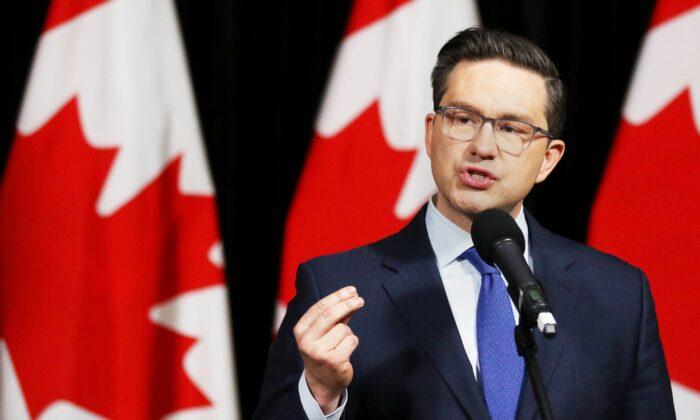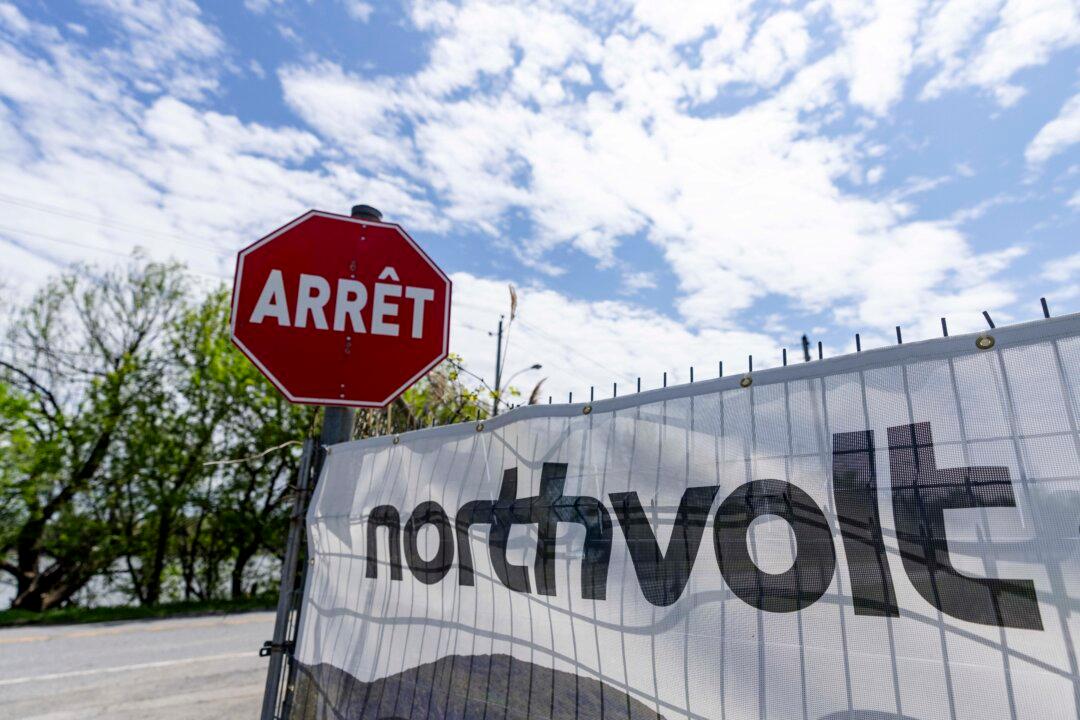Conservative Party Leader Pierre Poilievre is accusing the Liberal government of erasing historical symbols to make the country a “blank slate” in order to reshape it along government ideology.
To understand why this was done, “you need to get the country that Trudeau wants us to become,” says Poilievre.
“Like the leaders and regimes that Trudeau so admires, he’s censoring what you can see and say,” said the Conservative leader, raising the recently adopted Bill C-21, which seeks to put online platforms under regulatory control.
Poilievre says that leaders who want to “control everything” can only justify it by “promising a utopia.” He added the word comes from Greek and means “no place,” instead of a beautiful or ideal place.
“You cannot promise to take people to ‘no place’ unless you start in ‘no place.’ Put more simply, the only way you can redraw an entire country is to wipe away the existing painting, so that you can draw on a blank slate,” he said.
Immigration Minister Sean Fraser said consultations with unspecified departments and stakeholders led to the new design.
“One of the things that we heard is that we want to celebrate our diversity and inclusion. We want to celebrate our natural environment,” he said.
‘From Scratch’
In the video, Poilievre linked the removal of historical symbols in the passport to the toppling of statues and other similar modern phenomena.Statues of Canada’s first prime minister John A. MacDonald have been toppled or removed in recent years over his involvement in creating the residential school system.
Poilievre says the idea is to justify remaking “everything from scratch” by removing heroes and portraying Canadian history as a “wretched pile of injustices.”
He added that Canada is part of a long democratic tradition, a “precious inheritance,” but which is only “one generation deep” and could be lost. He said that’s why it’s important for Canada to keep its symbols and stories.
When asked about the new passport in the House of Commons on May 10, Trudeau said Canadians would “receive their passports on time.”
“They will be able to travel and continue to be proud of their country and history,” he said.
Along with the passport redesign, the Trudeau government also directed that Canada’s royal crown emblem be stripped of religious symbols. The new design was unveiled on May 6.
“The Crown is a unique emblem that incorporates elements to represent all Canadians,” Privy Council Office spokesman Pierre-Alain Bujold told The Epoch Times.





